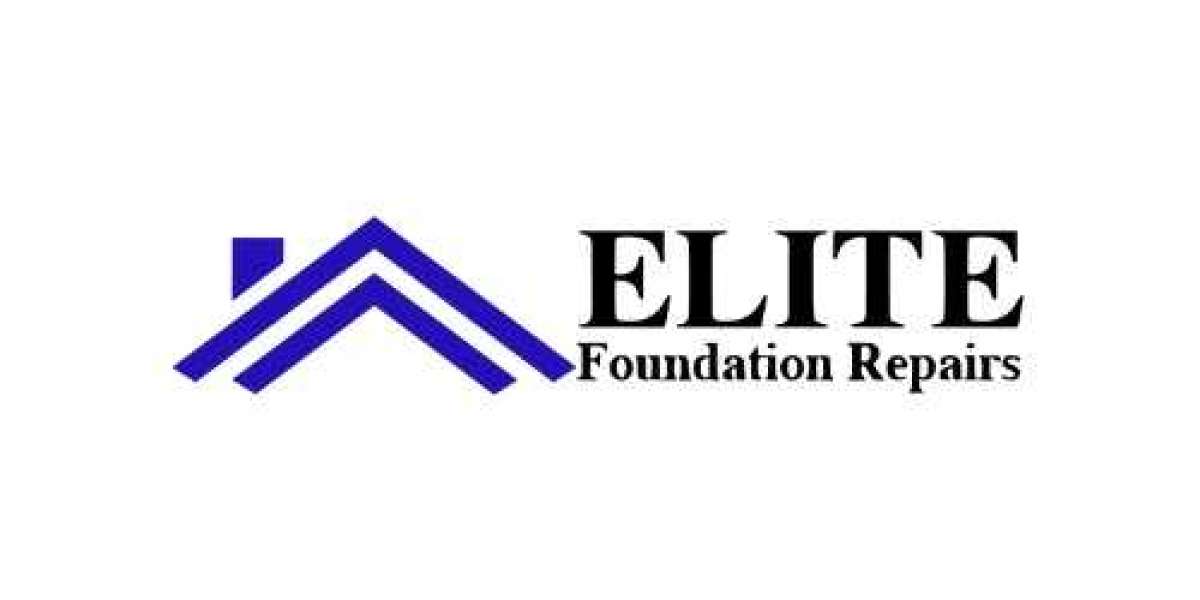When it comes to maintaining your home, few tasks are as daunting yet crucial as DIY foundation repairs. The foundation is literally what your home stands on, and issues here can lead to significant problems if left unaddressed. This comprehensive guide will delve into the world of DIY foundation repairs, providing you with the knowledge and confidence to tackle basic repairs on your own. Remember, while many minor issues can be a DIY project, recognizing when to call in professionals is key to preventing bigger problems down the line.
Recognizing Foundation Problems
Identifying Signs of Foundation Damage
The first step in DIY foundation repairs is to know what you’re looking for. Common signs include cracks in walls or floors, doors that won’t close properly, and uneven floors. Early detection is critical to preventing more extensive damage.
Common Causes of Foundation Issues
Understanding what causes foundation problems can help you prevent future damage. Common culprits include poor drainage, expansive soil, and inadequate foundation waterproofing. By identifying the cause, you can tackle the root of the problem.
When to Conduct a Foundation Inspection
Regular inspections are crucial. Ideally, inspect your foundation twice a year, during spring and fall. This timing allows you to catch any issues that arise from thawing or heavy rains and address them promptly.
Preparing for DIY Foundation Repairs
Safety First: Protective Gear and Precautions
Before you start, prioritize safety. Wear protective gear such as gloves, goggles, and a dust mask. Ensure the work area is well-ventilated, especially if you’re using chemical sealants.
Assessing the Extent of Damage
Take your time to thoroughly assess the damage. Some issues might look minor but could indicate deeper problems. When in doubt, consult a professional before proceeding.
Gathering the Necessary Tools and Materials
Depending on the repair, you’ll need different tools. Common items include hydraulic cement, epoxy injections, masonry sealant, and concrete piers. Ensure you have everything before starting.
Basic Foundation Repair Techniques
Sealing Minor Cracks and Holes
Small cracks can often be fixed with epoxy or masonry sealant. Clean the area thoroughly before applying the product to ensure the best adherence and seal.
Addressing Small Leaks
For minor leaks, hydraulic cement is effective due to its quick-setting and expansive properties, making it perfect for stopping water in its tracks.
Preventing Water Damage
Waterproofing your foundation walls from the exterior can prevent leaks and water damage. Consider applying a waterproofing membrane or coating to protect against future issues.
Fixing Cracks in Concrete Foundations
Epoxy Injection for Hairline Cracks
Hairline cracks in your foundation can often be remedied with an epoxy injection. This method fills the crack, from the inside out, restoring the structural integrity of the foundation. It’s a relatively straightforward process that DIY enthusiasts can manage with a bit of research and the right tools.
Using Hydraulic Cement for Larger Cracks
For cracks that are a bit wider, hydraulic cement is a viable option. Unlike regular cement, hydraulic cement expands as it cures, filling in the crack thoroughly and providing a strong, watertight seal. It’s perfect for cracks where water seepage is a concern.
Ensuring a Watertight Seal
After addressing the cracks, applying a waterproofing sealant over the repaired area and the surrounding foundation can prevent future leaks and moisture problems. This step is crucial in areas with high groundwater levels or homes prone to basement flooding.
Repairing Block Foundation Walls
Stabilizing Bowed or Bulging Walls
Bowed or bulging foundation walls are signs of significant pressure from the outside, often due to soil expansion or water accumulation. While some stabilization methods, like installing carbon fiber straps, can be DIY-friendly, it’s critical to consult with a structural engineer first to ensure the safety and effectiveness of your repairs.
Filling Cracks in Mortar Joints
Cracks in the mortar joints of a block foundation can weaken the overall structure. Repairing these cracks involves removing the damaged mortar and refilling the joints with new mortar. This process, known as repointing, can be labor-intensive but is within the reach of a skilled DIYer.
Reinforcing with Carbon Fiber Straps
For walls that need additional support, carbon fiber straps offer a non-invasive and effective reinforcement solution. These straps are bonded to the wall with an epoxy adhesive, providing significant strength to resist inward pressure. The installation process is straightforward, but precise placement and proper preparation of the wall surface are key to success.
Addressing Sinking Foundations
Understanding Underpinning
Underpinning is a method used to strengthen or stabilize foundations that have sunk or shifted. This process often involves extending the foundation in depth or breadth so it rests on more supportive soil. While traditional underpinning can be complex and is usually a job for professionals, there are simpler methods, such as installing concrete piers, that experienced DIYers can consider.
DIY Concrete Pier Installation
Installing concrete piers involves digging holes beneath the sinking parts of your foundation repairs and filling them with concrete. Once cured, these piers act as new support points for the foundation. This method requires careful planning and physical labor but can be a cost-effective solution for minor sinking.
When to Opt for Professional Piering Services
If your foundation requires extensive underpinning or if the sinking is severe, professional piercing services are the safest option. These services use specialized equipment to install steel piers to support your foundation, a process that’s beyond the scope of most DIY projects but essential for certain types of foundation damage.
Improving Drainage to Prevent Foundation Issues
Installing French Drains
Poor drainage is a leading cause of foundation problems. Installing French drains around your property can help redirect water away from your foundation, preventing water damage and soil erosion. This project involves digging a trench, laying a perforated pipe, and filling it with gravel. While labor-intensive, it’s a feasible weekend project for a determined DIYer.
Proper Gutter and Downspout Setup
Ensuring that your gutters and downspouts are correctly installed and maintained can significantly reduce the risk of foundation issues. Gutters should be clear of debris, and downspouts should direct water at least 5 feet away from your home’s foundation. Extensions or splash blocks can be easily added to existing downspouts to improve water diversion.
Ensuring Proper Soil Grading
The ground around your home should slope away from the foundation to prevent water from pooling around your home. Regrading your property may require the addition or removal of soil. While it’s possible to do this yourself, it’s essential to plan carefully to avoid unintentional damage to your property or neighboring areas.
Maintenance Tips to Avoid Future Foundation Problems
Regular Inspection and Monitoring
Frequent inspections can catch minor issues before they escalate. Look for new cracks, water in your basement, or changes in the operation of doors and windows. Early detection means simpler, less costly repairs.
Maintaining Optimal Moisture Levels
The soil around your foundation should maintain consistent moisture levels. Too much water leads to expansion, while too little can cause the soil to contract. Both can affect your foundation. Simple practices like using soaker hoses during dry spells and ensuring proper drainage can help maintain this balance.
Landscaping to Protect Your Foundation
Strategic landscaping can also play a role in foundation health. Plant trees and large shrubs far enough away from your home to prevent roots from causing structural issues, and choose plants that require less water to avoid excessive moisture around your foundation.
Cost Analysis of DIY vs. Professional Foundation Repairs
Breaking Down DIY Repair Costs
DIY foundation repair can be significantly cheaper than hiring professionals, but costs can vary widely depending on the materials and tools required. It’s important to budget not just for the immediate repairs but also for any tools or equipment you may need to purchase or rent.
When Investing in Professional Repairs Makes Sense
While DIY repairs can save money, certain situations call for professional expertise. Complex issues, like significant structural damage, require specialized equipment and knowledge. Additionally, professional repairs often come with warranties, providing peace of mind that the problem is fixed for good.
Long-Term Savings and Considerations
Investing in professional repairs for serious issues can save money in the long run by preventing further damage and preserving your home’s value. It’s also important to consider the potential impact on your time and stress levels when deciding between DIY and professional repairs.
Conclusion
Embarking on DIY foundation repairs requires a blend of courage, knowledge, and prudence. By understanding the signs of foundation issues, preparing adequately for repairs, and implementing effective solutions, homeowners can address many common foundation problems on their own. However, the wisdom to recognize when professional help is needed cannot be understated. Through this guide, we’ve navigated the intricate balance between DIY enthusiasm and the necessity for professional intervention, underscoring the importance of safety, compliance, and ongoing maintenance.






